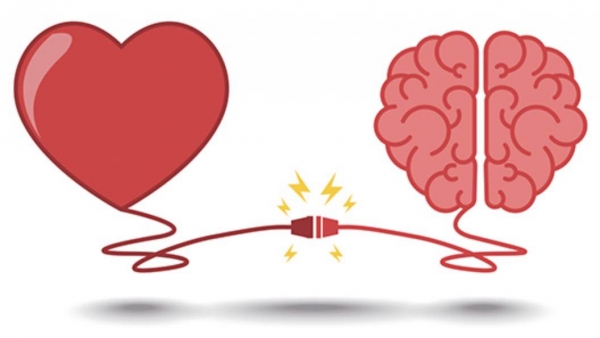Everyone knows the story: Boy meets girl, boy encounters obstacle; they fight to overcome it, but something goes wrong and someone runs away crying. Ultimately, love prevails, they share a passionate kiss, get married, and live happily ever after. This, Hollywood claims, is love.
Valentine’s Day is marketed as a celebration of love but, for many people, it can also be a source of stress. If they are in a relationship, they might feel pressured to visibly display their affection, or else risk disappointing their partner. If they are single, the day might be a lonely reminder that they don’t have someone to spend their time with. Clearly, love is a lot more complicated than Hallmark makes it out to be.
The Western notion of romantic love, the one that glorifies gender roles and promises hedonic fulfillment after meeting the perfect person, may have originated in the Middle Ages; however, this is somewhat disputed. The Ancient Greeks held a septenary theory of love, which encompassed love for friends, family, the universe, and oneself. Modern scientists look at love as both a biological and socio-cultural phenomenon, that is divisible into three distinct categories: Lust, attraction, and attachment.
The system of love is one of reproduction. Sexual attraction leads to sex, which leads to offspring, which allows the genome, and the species, to continue into the future. Testosterone and estrogen, the two basic sex hormones, initiate feelings of lust and subsequent physical intimacy.
But, with humans, sex is rarely ‘just sex.’ The social and cultural aspects embedded in the act of reproduction usually create complications. Sex often leads to attraction, the second, scientific category of love, stimulated by the reward pathway in the brain. The release of neurotransmitters, including dopamine, serotonin, and norepinephrine, are what lead to the addictive tendencies young lovers might develop in the beginning of relationships.
“The passionate love we initially fall into is like an obsession: It is characterized by the intense channeling of our attention, affection, and desire toward specific people[….] at the expense of just about everything else,” Samuel Veissiere, assistant professor in McGill’s Department of Psychiatry, wrote in //Psychology Today//.
Evolutionary psychologists posit that the rationale behind attraction has less to do with the needs of the adult and more to do with the needs of human offspring. Unlike many other animals, human children aren’t born ready to go out into the world—they need time and care to mature properly. Having two parents around to raise them is very beneficial for development and this will only happen if the parents stay together after sex.
Attachment, the third, and arguably most important, category of love, is the force that allows for long-term relationships. Attachment is what binds families, friends, and communities together, largely thanks to the hormones oxytocin and vasopressin. It is difficult to overstate the importance of attachment, with studies showing that the production of oxytocin can even help heal fractured interpersonal relationships.
At the end of the day, the infatuation of romantic love is fleeting. Only love built on a foundation of trust and respect will endure over time. For many, love is the best part of life, and it’s worth celebrating, but it doesn’t have to be a rom-com to be meaningful.









